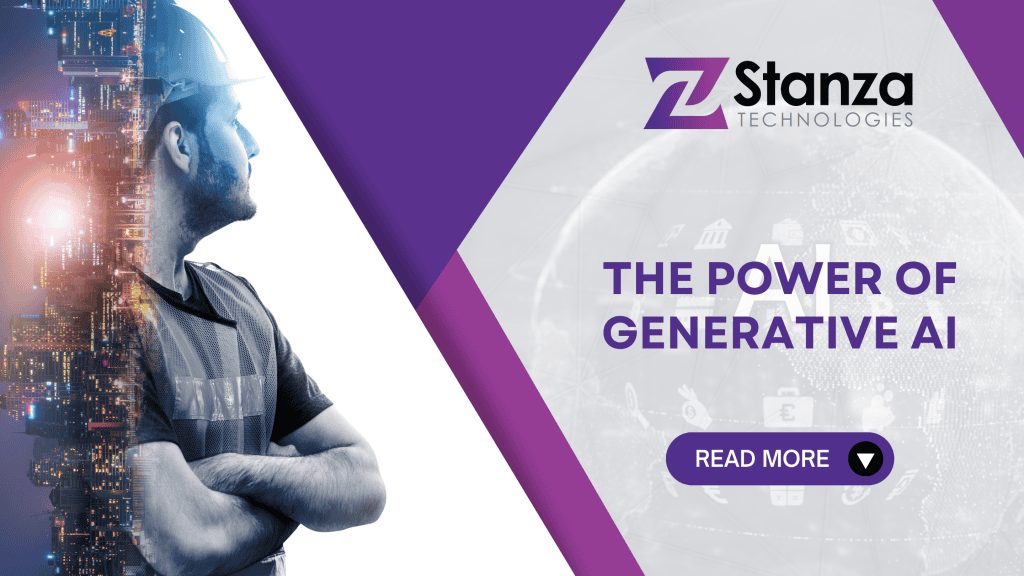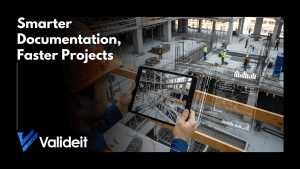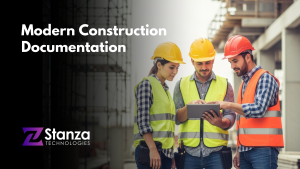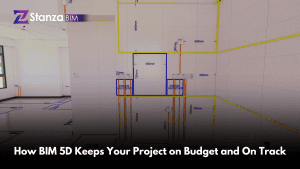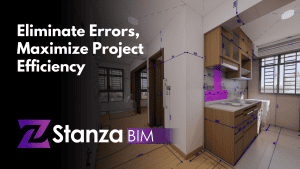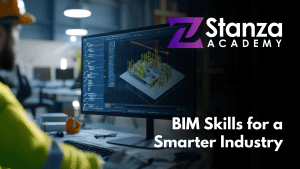Generative AI, a subset of artificial intelligence, is transforming various industries, and construction is no exception. At its core, generative AI involves algorithms that can generate designs, models, and solutions by learning from vast datasets. Unlike traditional AI, which follows predefined rules, generative AI can create new and innovative solutions, making it a powerful tool for construction professionals.
Generative AI offers unprecedented benefits in the Design and Planning stage. Imagine an architect using AI to explore countless design prospects in less time than it would take manually. By inputting specific parameters such as budget, space requirements, and environmental considerations, generative AI can produce optimized designs that balance aesthetics, functionality, and cost. This speeds up the design process and ensures more efficient use of resources. Moreover, generative AI can help create sustainable designs by analyzing environmental data and suggesting eco-friendly materials and construction methods.
During the construction phase, generative AI can further enhance efficiency and precision. Delays and cost overruns often plague construction projects due to unforeseen challenges and inefficiencies. Generative AI can predict potential issues before they arise by analyzing data from previous projects and real-time information from the site. This predictive capability allows project managers to proactively address problems, reducing downtime and keeping projects on track. Additionally, AI-driven robots and drones, guided by generative algorithms, can perform tasks such as site inspections, measurements, and even some construction activities more accurately and safely than human workers.
Once a building is completed, generative AI adds value through asset management. Smart buildings equipped with IoT sensors generate constant data about their operations. Generative AI can analyze this data to optimize building performance, predict maintenance needs, and reduce energy consumption. For instance, by learning usage patterns, AI can adjust heating, cooling, and lighting systems to enhance comfort while minimizing energy use. This not only extends the lifespan of the building but also leads to significant cost savings and sustainability benefits.
However, the adoption of generative AI in construction has its challenges. One major hurdle is the industry’s traditional resistance to change and reliance on established practices. Integrating AI into construction workflows requires significant investment in technology and training. Additionally, there are concerns about data security and privacy and the potential displacement of jobs due to automation.
Overcoming these challenges necessitates a multifaceted approach. First, there needs to be a cultural shift within the industry, with stakeholders recognizing the long-term benefits of AI adoption. Education and training programs can help workers acquire the necessary skills to work alongside AI technologies. Addressing data security concerns that come with this technology, users must implement robust cybersecurity measures to protect sensitive information. Furthermore, rather than viewing AI as a threat to jobs, the industry should focus on how it can augment human capabilities and create new roles that leverage AI’s strengths.
Generative AI holds immense potential to revolutionize the construction industry by enhancing design and planning, improving efficiency during construction, and optimizing asset management. While there are challenges to its adoption, a proactive approach that includes cultural shifts, education, and robust security measures can help overcome these hurdles.
